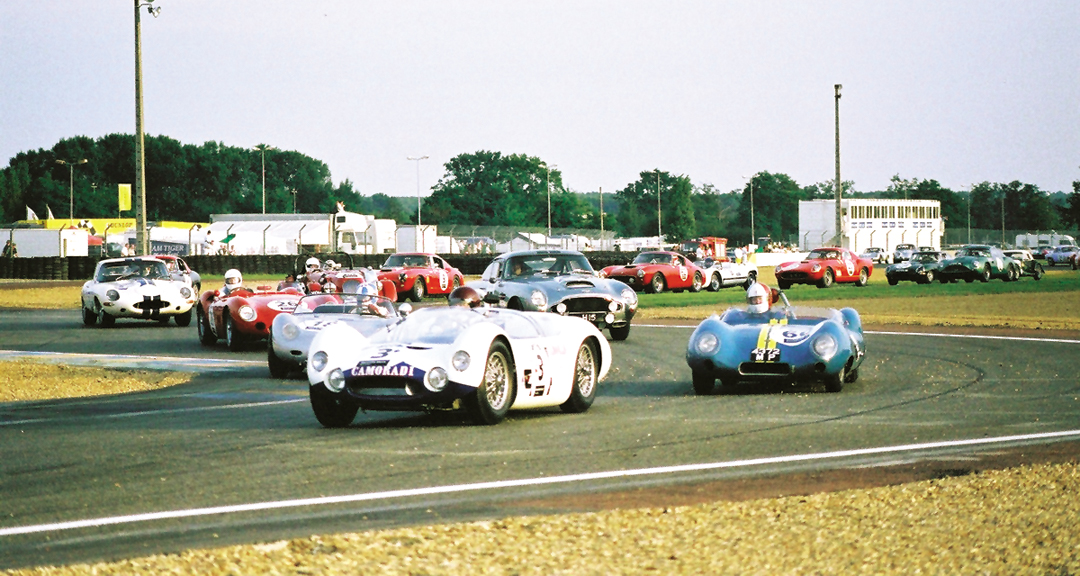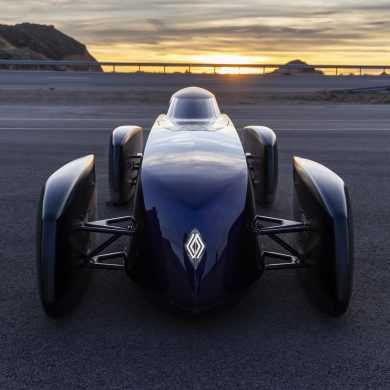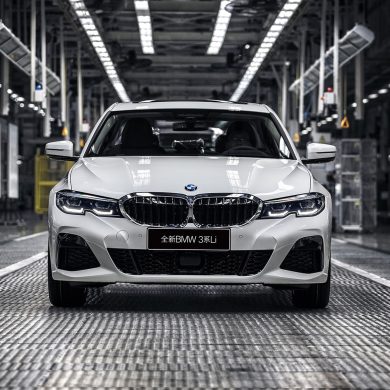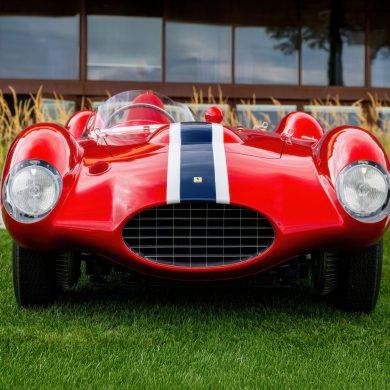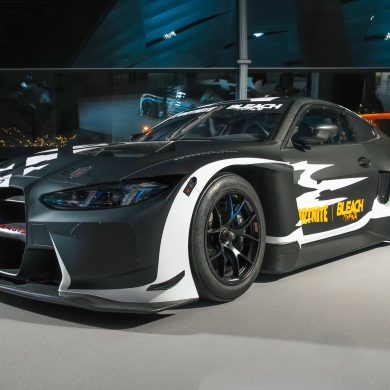There have been classic races at Le Mans, and races for classics, but the 2002 Le Mans Classic was about as close as you could come to seeing the “old days” recreated at the Le Sarthe circuit. The Peter Auto organization took on a tremendous task of trimming the entry down to 325 cars, divided into five groups or “plateaus” as they were called, based loosely on age and also handicapped by a system that recalled the old Le Mans Index of Thermal Efficiency. On September 21-22, the five groups each had 4 races running over the traditional period from 4p.m. Saturday to the same time on Sunday. The individual races were perhaps not all classics in themselves, but the total production was a superb event, and brought back many memories. Each race lasted 35 minutes with a 25-minute break before the next group went out. Amazingly, the event stayed fairly close to the schedule throughout.
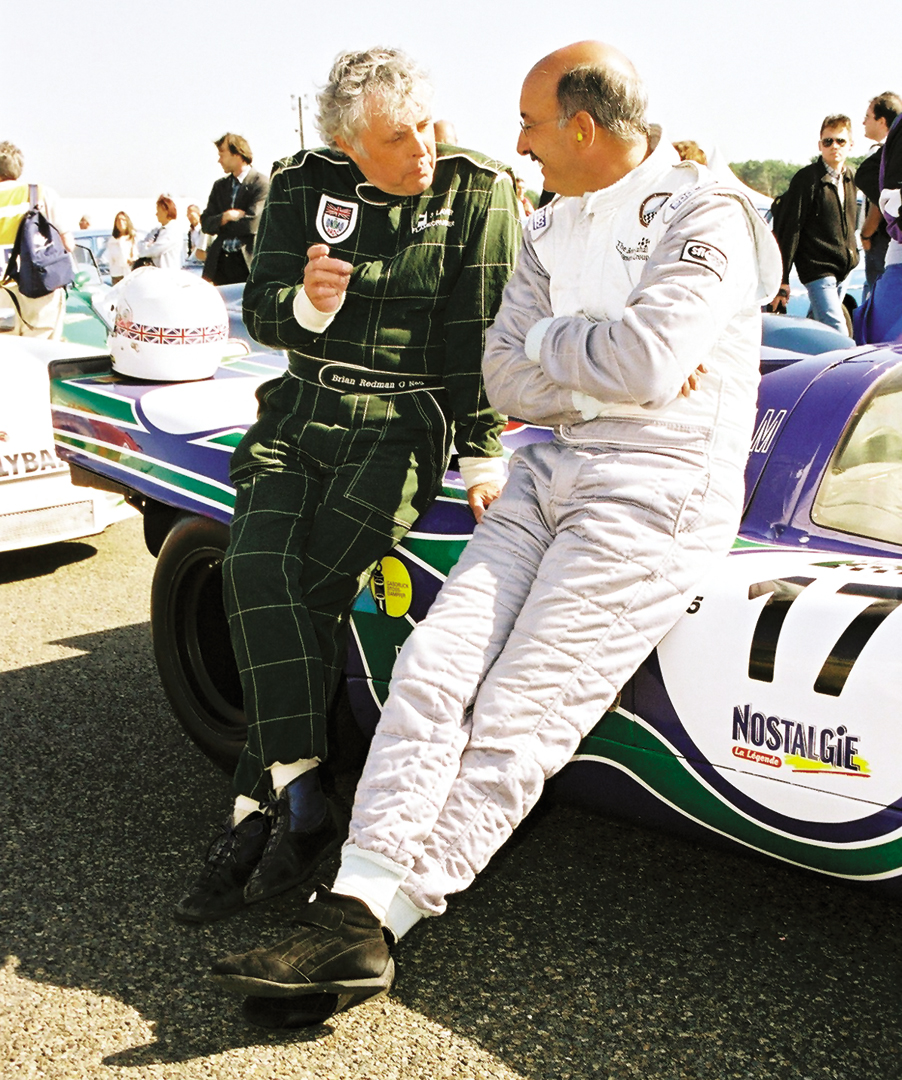
There was minimal night practice, oddly situated after the first four groups had raced for the first time, so the more recent cars were having an exciting time with some cars trying to get two drivers into practice in a very short space. Bobby Rahal told us that he found his 917 “interesting” in his first run in the car in the dark.
The Prewar plateau was dominated by the magnificent ex-Mille Miglia-winning Alfa Romeo 2900A of Paul Grist and son Matt. By Sunday night, they had won all four of their races and thus their group on aggregate and handicap, a wonderful show of speed and reliability. However, this race wasn’t without competition as Gareth Burnett’s Talbot 105 was on their tail the entire event.
Jaguar D- and E-Types claimed victory in the next two age groups, while Ray Bellm’s Lanzante-prepared Ford GT 40 took the 1962-1965 class. Finally, in the 1966-1975 ‘plateau’, Alfa Romeos again rose to the top, with Jon Shipman and Mark Hales in a T33/3 winning two individual races, the group and the handicap.
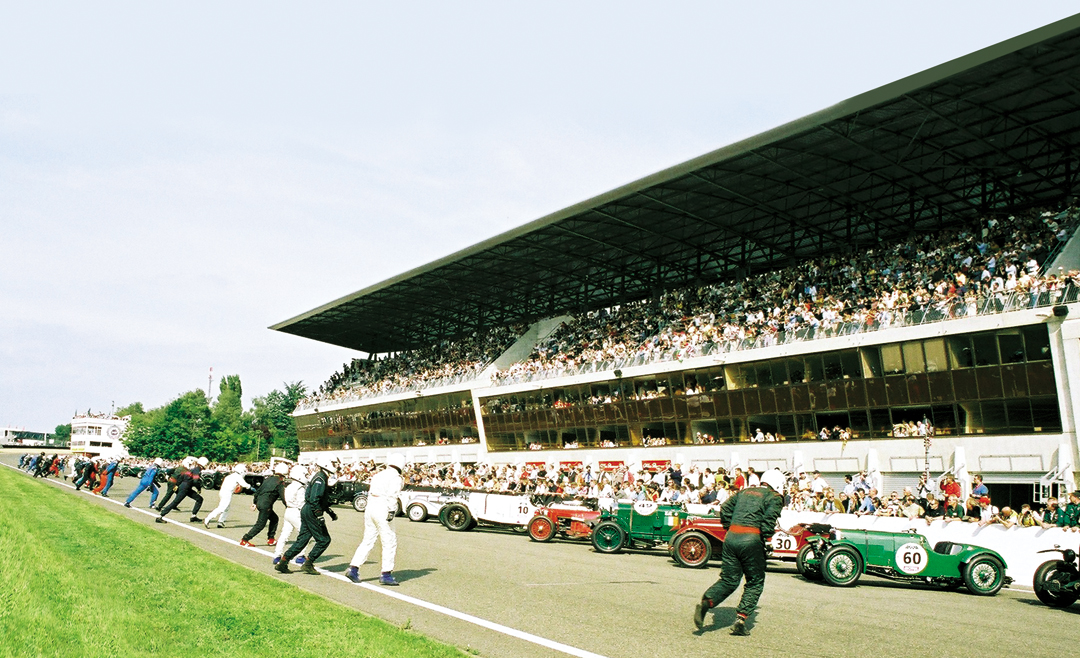
Due to the size, complexity and cost of organizing an event of this magnitude, questions abound as to whether the Peter Auto group will be able to host another event like this, in the future. But if the response from competitors and spectators alike are any indication, there should be more than sufficient demand.
Submitted by Ed McDonough


